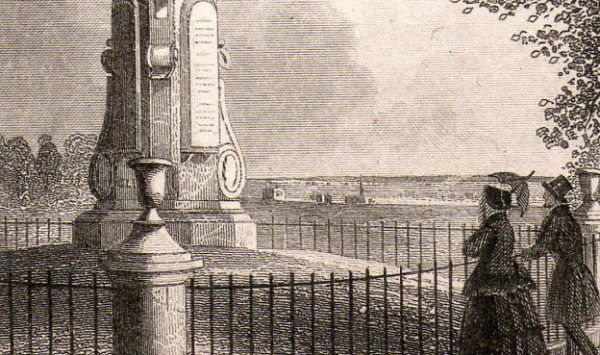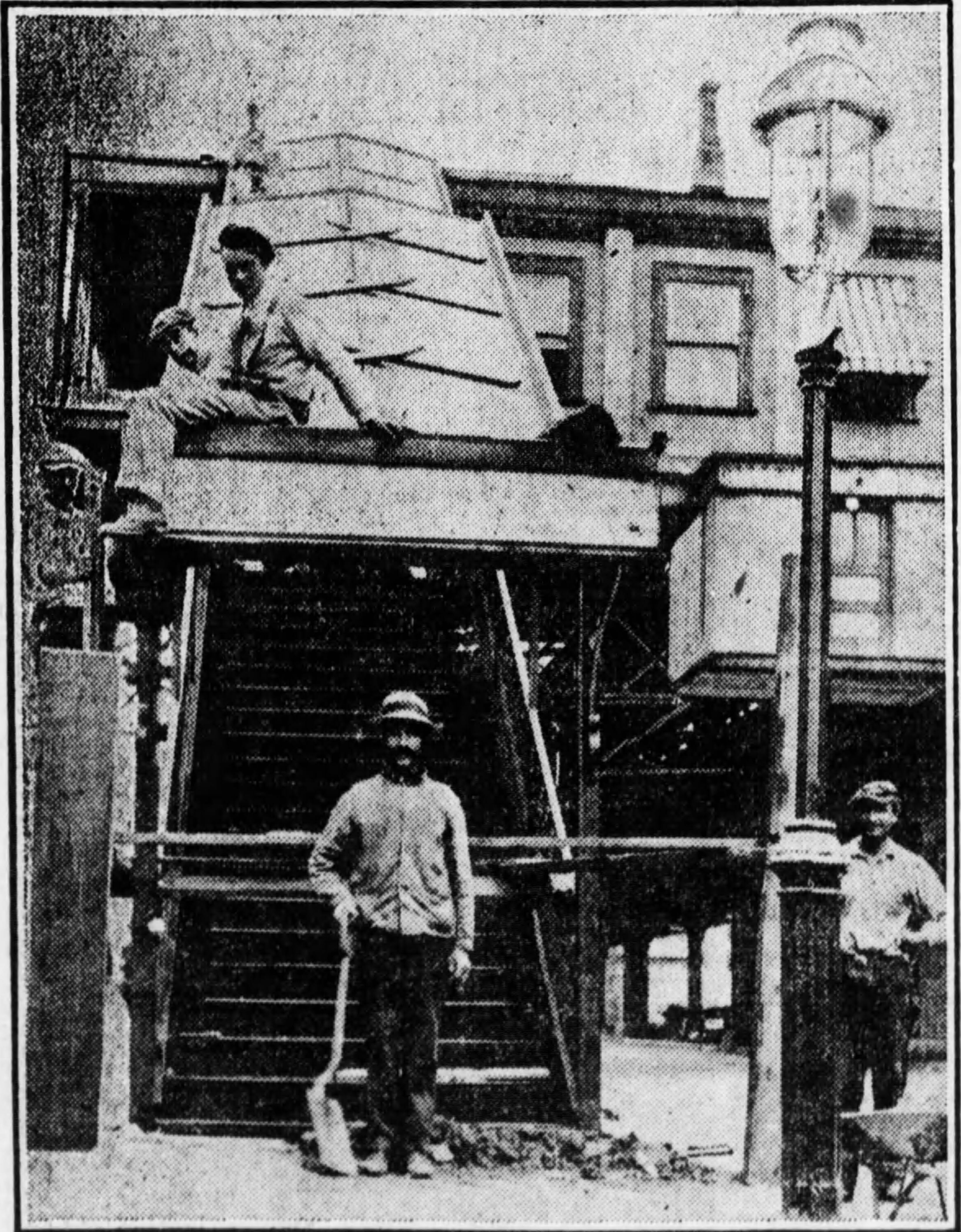OCEAN HILL VS. OCEAN HILL

******************************************************************************************************************************** Brownstone Detectives investigates the history of our clients’ homes. The story you are about to read was composed from research conducted in the course of one of those investigations. Do you know the history of YOUR house? ******************************************************************************************************************************** Before there was Ocean Hill, there was…Ocean Hill…. Researching the history of this Brooklyn moniker, though, points you in the direction of two very different places with two very different histories. There is the original Ocean Hill in Green-Wood Cemetery, a geographic location used famously by George Washington during the American Revolution. And then, there is the Ocean Hill in the eastern section of Bedford-Stuyvesant, created by developers in 1860s Bushwick. The only characteristic the two places have had in common – other than the name – was a view of the ocean from their perches. But, now, even that is gone for one of them. OCEAN HILL – GREEN-WOOD CEMETERY Ocean Hill in Brooklyn’s City of the Dead, Green-Wood Cemetery, is likely as old as the cemetery itself, which dates from 1838. While it was not likely known as such during the American Revolution, the high vantage point was used by George Washington before the Battle of Brooklyn to observe the British forces, which were gathering to the south (and which would subsequently drive him out of New York). Ocean Hill according to Green-Wood Illustrated (issue 1), “is one of the most elevated spots in the Cemetery,” and “it occupies the north-eastern corner of the grounds.” “The sea itself,” the […]
A COLLAPSE, A DEATH, & AN INQUIRY (1912)

******************************************************************************************************************************** Brownstone Detectives investigates the history of our clients’ homes. The story you are about to read was composed from research conducted in the course of one of those investigations. Do you know the history of YOUR house? ******************************************************************************************************************************** It happened just before Christmas of 1912. A young husband in the prime of his life rushes to buy a last-minute Christmas gift for his beautiful wife. With the pearl necklace safely deposited in his suit-coat pocket, he dashes to catch the train that is approaching. Rushing up the stairwell to the Long Island Rail Road (L.I.R.R.) platform, he quickly reaches the top step. As he turns the corner to run for the platform, he barely senses the very stairwell beneath him shifting almost imperceptibly beneath his feet. Then, as a loud crack reports his entire balance has shifted, and he is suddenly in a terrifying free-fall. Seconds later the young husband’s body is covered with tons of – what had seconds before been – concrete stairs. This fatal collapse of the L.I.R.R. stairwell occurred at Atlantic and New York avenues, and was subsequently blamed on the corrosion of two cast-iron posts which supported the entire concrete structure. The tragedy on the L.I.R.R. stairway at New York and Atlantic avenues ended in the sudden death of a well-known art expert, David H. Cochran of 113 Macon Street. THE BEGINNING OF A “BIG” INQUIRY The very day afterward, as the finger-pointing already began to take place, a “big” inquiry was established which […]